Home>Interior Design>Modern Hallway Flooring Ideas: 10 Expert Tips For Entryways
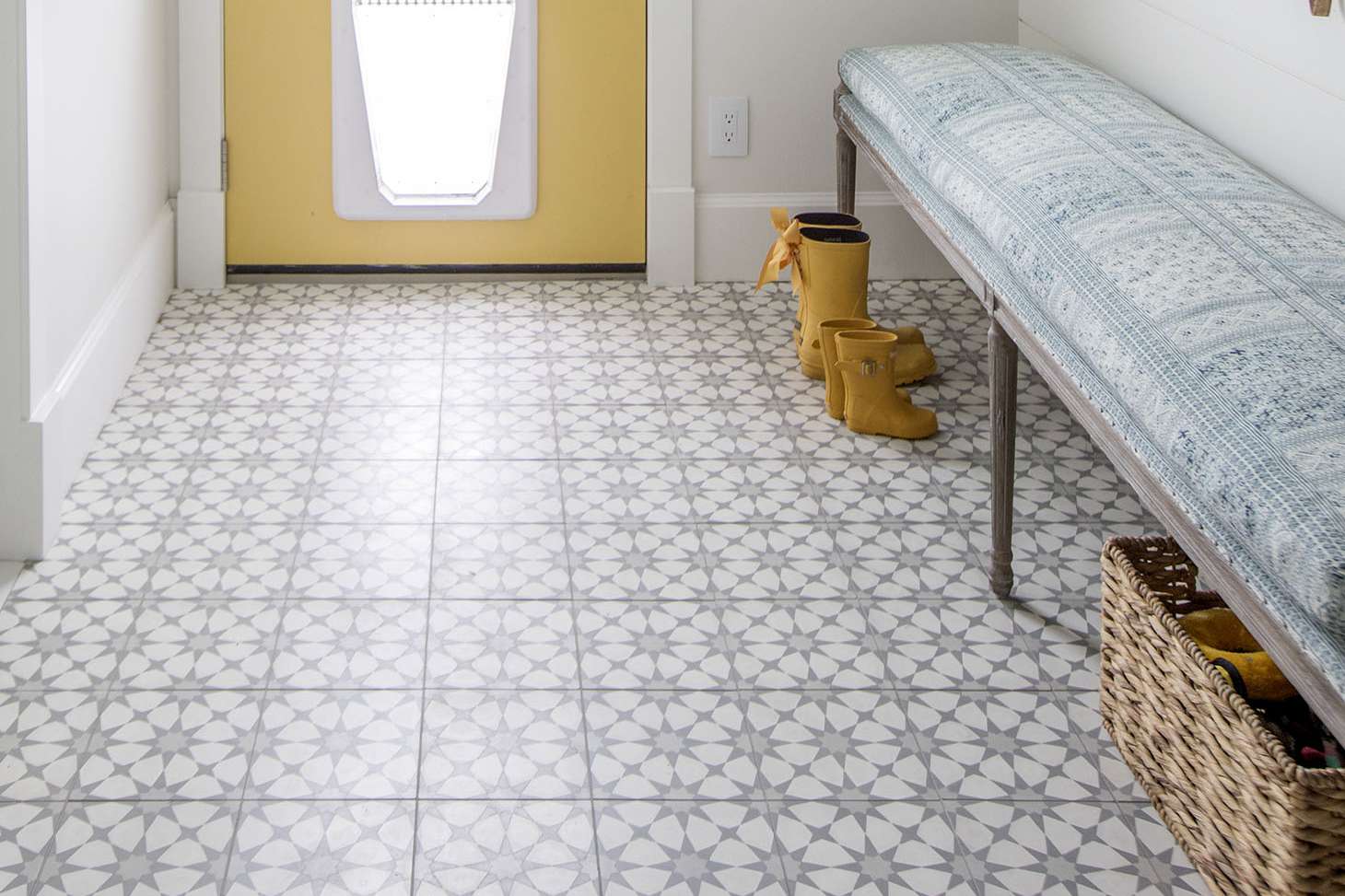

Interior Design
Modern Hallway Flooring Ideas: 10 Expert Tips For Entryways
Modified: January 9, 2024
Discover 10 expert tips for interior design on modern hallway flooring ideas, ideal for creating stunning entryways.
(Many of the links in this article redirect to a specific reviewed product. Your purchase of these products through affiliate links helps to generate commission for Storables.com, at no extra cost. Learn more)
Introduction
Welcome to our expert guide on modern hallway flooring ideas. The entryway is the first impression visitors have of your home, and the flooring plays a crucial role in creating a welcoming and stylish space. Whether you have a small corridor or a grand entrance hall, choosing the right flooring material and design can transform your hallway into a stunning focal point.
In this article, we will provide you with 10 expert tips to help you make the best choices for your hallway flooring. From selecting the right material to considering the size and layout, incorporating unique patterns, and utilizing natural materials, our guide will help you design a modern hallway that suits your personal style and enhances the overall look of your home.
Expanding on the visual and practical aspects of hallway flooring, we will delve into the importance of durability, low maintenance, and creating seamless transitions between rooms. Additionally, we will explore the role of colors, finishes, and textures in adding depth and character to your hallway.
Whether you prefer a sleek and minimalist look, or a bold and vibrant statement, our expert tips will empower you to make informed decisions about your hallway flooring. So, let’s dive into the fascinating world of modern hallway flooring ideas and discover how you can transform your entryway into a space that reflects your unique taste and leaves a lasting impression on anyone who walks through your door.
Key Takeaways:
- Transform your hallway into a stunning focal point by choosing durable, low-maintenance flooring materials like hardwood, laminate, vinyl, or tile. Incorporate unique patterns and designs to reflect your personal style and create a memorable first impression.
- Create a seamless transition between rooms with consistent flooring materials and matching color palettes. Enhance functionality by integrating pet-friendly, slip-resistant, and concealed storage elements into your hallway flooring.
Choosing the Right Flooring Material
When it comes to choosing the right flooring material for your hallway, there are several factors to consider. The material you choose should not only be aesthetically pleasing but also practical and sturdy enough to withstand heavy foot traffic.
One popular choice for modern hallways is hardwood flooring. Hardwood floors provide a timeless and elegant look, adding warmth and sophistication to any space. They are incredibly durable and can withstand frequent use. Additionally, hardwood floors are relatively easy to clean and maintain, making them a practical option for busy households.
If you’re looking for a more budget-friendly option, laminate flooring is an excellent alternative. Laminate floors mimic the appearance of hardwood but are more affordable and easier to install. They are also resistant to scratches and stains, making them ideal for high-traffic areas like hallways.
For a more contemporary and minimalist look, you might consider sleek and low-maintenance options like vinyl or tile flooring. Vinyl flooring offers a wide range of designs and patterns, allowing you to create a unique and eye-catching hallway. It is highly durable, waterproof, and easy to clean, making it a practical choice for households with children or pets.
Tile flooring, on the other hand, provides a high-end and luxurious feel to your hallway. With various options available, including ceramic, porcelain, and natural stone tiles, you can choose a design that complements your overall interior style. It is important to note that natural stone tiles require additional care and maintenance to preserve their beauty over time.
When selecting the flooring material, consider the overall aesthetic of your home and the durability required for your specific hallway. It’s also worth exploring sustainable and eco-friendly flooring options, such as bamboo or cork, which are renewable resources and provide a unique and stylish touch to your hallway.
Remember to take into account the climate in your area as certain flooring materials may be more suitable than others. For example, in humid environments, solid hardwood flooring may warp or expand, while vinyl or tile flooring can handle the moisture without any issues.
By carefully considering the factors mentioned above, you can choose the right flooring material that not only enhances the beauty of your hallway but also withstands the demands of everyday life.
Consider the Size and Layout of the Hallway
When selecting flooring for your hallway, it’s important to consider the size and layout of the space. By doing so, you can make the most of the available area and create a visually appealing and functional design.
If you have a small hallway, lighter-colored flooring can help create the illusion of a more open and spacious environment. Light tones, such as pale hardwood or light-colored tiles, can reflect more light and make the space feel larger. Avoid using dark flooring materials in small hallways, as they can make the area appear cramped and closed off.
On the other hand, if you have a large hallway, you have more flexibility in choosing your flooring. You can opt for a wider range of colors and patterns, including darker shades, without overwhelming the space. In fact, darker-colored flooring in a large hallway can create a sense of depth and add a touch of elegance.
Consider the flow and layout of the hallway when selecting the flooring. If your hallway connects multiple rooms, it’s essential to ensure that the flooring seamlessly transitions from one space to another. Using the same flooring material throughout the connecting areas can create a cohesive and harmonious look. However, you can also play with different flooring materials or patterns to define specific zones or add visual interest.
In narrow hallways, you can create the illusion of width by incorporating diagonal patterns or installing the flooring lengthwise. These techniques can make the hallway appear more spacious and visually interesting.
Additionally, consider the practical aspects of your hallway’s layout. If your hallway leads directly to an outdoor area or a frequently used entrance, it is wise to choose a flooring material that is resistant to dirt and easy to clean. Opting for a material with textured finishes can help hide any potential scuffs or scratches and maintain the appearance of your hallway over time.
By considering the size and layout of your hallway, you can make informed decisions about the flooring material, color, and pattern, ultimately creating a visually appealing and functional space that enhances the overall design of your home.
Opt for Durable and Low-Maintenance Options
When it comes to choosing hallway flooring, durability and low maintenance are key factors to consider. The hallway is a high-traffic area that is prone to wear and tear, so selecting a flooring material that can withstand heavy use is essential.
One of the most durable options for hallway flooring is porcelain or ceramic tile. These materials are known for their strength and resistance to scratches, stains, and moisture. They are also easy to clean with just a damp mop or a mild cleaning solution. With the wide variety of tile designs and patterns available, you can create a stylish and long-lasting hallway.
Another low-maintenance option is vinyl flooring. Vinyl is not only durable but also resistant to water, stains, and scratches, making it an excellent choice for busy households. It requires minimal upkeep and can be easily cleaned with regular sweeping and occasional mopping. Vinyl flooring is available in a range of designs, including wood and stone patterns, allowing you to achieve the desired look for your hallway without compromising on durability.
Laminate flooring is also a popular choice for its durability and low maintenance. With a tough wear layer, laminate floors can resist scratches and stains, making them ideal for high-traffic areas like hallways. Regular sweeping and occasional mopping are all that’s needed to keep laminate flooring looking pristine.
If you prefer the look and feel of hardwood floors, opt for harder wood species like oak or maple that can withstand heavy foot traffic. Applying a protective finish to the wood can further enhance its resilience. Keep in mind that hardwood floors may require periodic refinishing to maintain their appearance over time.
Regardless of the flooring material you choose, consider adding hallway runners or area rugs in high-traffic areas to provide an extra layer of protection and prevent dirt and debris from being tracked into the rest of the house. These rugs can be easily cleaned or replaced when necessary, helping to extend the lifespan of your hallway flooring.
By opting for durable and low-maintenance options, you can ensure that your hallway flooring remains in excellent condition for years to come. Regular cleaning and maintenance will further extend the lifespan of your flooring and keep your hallway looking its best.
Incorporate Unique Patterns and Designs
Your hallway flooring doesn’t have to be just functional; it can also be an opportunity to showcase your personal style and make a statement. Incorporating unique patterns and designs in your hallway can add visual interest and create a memorable impression for anyone entering your home.
One way to incorporate patterns is through the use of geometric tiles. Geometric patterns can range from simple and understated to bold and eye-catching. They can add a modern and artistic touch to your hallway, creating a dynamic and visually stunning look. Consider using tiles in various shapes and colors to create a pattern that suits your individual taste and complements the overall aesthetic of your home.
If you prefer a more traditional look, consider using encaustic tiles. These tiles are known for their vibrant and intricate patterns that can elevate the design of your hallway. Encaustic tiles can add a touch of history and charm, and they work well in both modern and vintage-inspired spaces.
Another popular option for adding patterns is by using contrasting colors or different materials. For example, you can create a checkerboard pattern using two contrasting colors of tiles or combine hardwood flooring with tiles for a unique and dynamic look. This interplay of colors and materials can create a visually striking and personalized design for your hallway.
If you prefer a more subtle approach, consider incorporating patterns through the use of textured flooring materials. Textured carpets or textured luxury vinyl tiles can add depth and dimension to your hallway, making it visually intriguing without the need for bold patterns or colors.
When choosing patterns and designs for your hallway flooring, it’s essential to consider the overall style and aesthetic of your home. The patterns should harmonize with the rest of your interior design, creating a cohesive and unified look. Don’t be afraid to get creative and experiment with different patterns, as they can truly transform your hallway into a stylish and memorable space.
Remember, your hallway is the gateway to your home, and incorporating unique patterns and designs will make it a reflection of your personal style and set the tone for the rest of your living space.
Enhance the Hallway with Different Textures
When it comes to hallway flooring, incorporating different textures can add depth and visual interest to the space. Playing with textures can create a dynamic and inviting environment that showcases your personal style. Here are some ideas on how to enhance your hallway with different textures:
1. Mix and Match: Instead of choosing a single type of flooring material, consider combining two or more materials with contrasting textures. For example, you could pair a smooth and sleek hardwood floor with a plush and cozy carpet runner. This combination not only adds visual interest but also provides a soft and comfortable feel underfoot.
2. Experiment with Carpet Tiles: Carpet tiles offer endless possibilities for adding texture to your hallway. These tiles come in various styles, patterns, and pile heights, allowing you to create unique designs and play with textures. You could arrange the tiles in a checkerboard pattern or create a mosaic effect, adding an element of surprise and creativity to your hallway.
3. Explore Natural Materials: Natural materials, such as stone, slate, or jute, can introduce organic textures to your hallway. Stone or slate flooring provides a rugged and earthy quality, while jute rugs add a touch of warmth and coziness. Incorporating natural textures can bring a sense of nature indoors and create a harmonious connection with the rest of your living space.
4. Utilize Wall Treatments: Don’t limit texture to just the floor; consider adding textured wall treatments to your hallway as well. Textured wallpapers, wainscoting, or exposed brick can add depth and character, enhancing the overall visual appeal of the space.
5. Play with Lighting: Proper lighting in your hallway can highlight and emphasize different textures. Use accent lights or wall sconces to cast shadows or highlight specific areas, bringing attention to the textures in your flooring and walls.
Remember to consider the practical aspects of using textured materials in your hallway. Ensure that the chosen textures are easy to clean and maintain, especially in high-traffic areas. It’s also important to strike a balance between different textures, ensuring they complement each other and create a cohesive and visually pleasing look.
By incorporating different textures in your hallway flooring, you can create a visually engaging and inviting space. Experimenting with various materials and treatments allows you to add depth and dimension while expressing your unique style and personality.
Consider using durable and easy-to-clean flooring materials like porcelain tile or luxury vinyl plank for high-traffic modern hallways. These options are stylish and practical for entryways.
Use Statement-Making Floor Tiles
If you want to make a bold statement with your hallway flooring, using statement-making floor tiles is an excellent option. These tiles can transform your hallway into a captivating and visually striking space. Here are a few ideas on how to incorporate statement-making floor tiles:
1. Large Format Tiles: Opt for large format tiles with bold patterns or designs. These tiles create a dramatic and modern look, especially in spacious hallways. Consider geometric patterns, floral motifs, or intricate designs that catch the eye and become a focal point of the hallway.
2. Moroccan or Mediterranean Tiles: Moroccan or Mediterranean-inspired tiles are known for their vibrant colors and intricate patterns. These tiles add a touch of exoticism and can instantly elevate the design of your hallway. Consider using them as a border or as a full flooring option for a truly unique and beautiful look.
3. Encaustic Tiles: Encaustic tiles have made a comeback in recent years due to their timeless beauty. These tiles feature bold, hand-painted patterns and vibrant colors. Incorporating encaustic tiles in your hallway flooring can add an artistic and vintage feel, creating a stunning visual impact.
4. Hexagonal Tiles: Hexagonal tiles are a popular choice for adding a touch of elegance and modernity to hallways. These tiles can be arranged in various patterns such as honeycomb or chevron, creating a visually pleasing and unique design. Choose tiles with contrasting colors or textures to make a strong statement.
5. Monochromatic Tiles: While bold patterns and designs can make a statement, monochromatic tiles can also have a powerful impact. Consider using a single color or shade in different finishes, such as matte and glossy, to create a visually striking yet elegant look. This minimalist approach can highlight the lines and shapes of the tiles, resulting in a sophisticated and refined hallway.
When using statement-making floor tiles, it’s essential to strike a balance with the rest of your hallway’s design elements. Keep the surrounding walls and decor relatively simple to let the flooring take center stage. Consider the overall style of your home and choose tiles that complement the existing aesthetic.
By incorporating statement-making floor tiles in your hallway, you can create a visually captivating and stunning space that leaves a lasting impression on anyone who walks through your door.
Experiment with Colors and Finishes
One of the easiest and most impactful ways to enhance your hallway flooring is by experimenting with colors and finishes. The choice of colors and finishes can completely transform the look and feel of your hallway, adding personality and style to the space. Here are some ideas to help you get started:
1. Bold and Vibrant Colors: Consider using bold and vibrant colors to make a statement with your hallway flooring. Bright blues, deep greens, or rich reds can add a sense of energy and excitement to the space. These colors work particularly well if you have a neutral or minimalistic color scheme in the rest of your home, as they can create a striking contrast.
2. Neutral Tones: If you prefer a more understated and timeless look, neutral tones are a great option. Shades of gray, beige, or cream can create a calm and sophisticated atmosphere in your hallway. Neutral colors also provide a versatile backdrop for other design elements, allowing you to change the decor or accessories without worrying about clashing colors.
3. High Gloss Finishes: High gloss finishes can add a touch of elegance and modernity to your hallway flooring. They create a sleek and luxurious appearance, reflecting light and making the space appear brighter and more spacious. High gloss finishes also provide a smooth surface that is easy to clean and maintain, perfect for busy households.
4. Matte Finishes: On the other hand, if you prefer a more understated and low-key look, matte finishes are a great option. They give a more natural and organic feel to the hallway flooring, providing a sense of warmth and comfort. Matte finishes are also less susceptible to showing scratches and smudges, making them a practical choice for high-traffic areas.
5. Textured Finishes: Adding texture to your hallway flooring can create visual interest and depth. Consider using tiles or materials with varied textures, such as embossed or textured wood, to add a tactile element to the space. This can create a unique and inviting feel, making your hallway more than just a passageway.
When playing with colors and finishes, it’s important to strike a balance between personal style and the overall aesthetic of your home. Consider the existing color scheme, furniture, and decor in adjacent rooms to ensure a cohesive and harmonious look.
By experimenting with colors and finishes, you can customize your hallway flooring to reflect your personal taste and create a visually stunning and inviting space that sets the tone for the rest of your home.
Utilize Natural Materials for a Modern Look
Using natural materials for your hallway flooring can add a touch of warmth and sophistication to your space. Natural materials not only provide an organic and timeless aesthetic but also offer durability and versatility. Here are some ways to incorporate natural materials for a modern look in your hallway:
1. Hardwood Flooring: Hardwood flooring is a classic choice that never goes out of style. It adds a sense of warmth and elegance to your hallway. Consider using hardwood with a lighter tone, such as oak or maple, to create a modern and airy look. Alternatively, darker woods like walnut or mahogany can add a sense of luxury and depth.
2. Bamboo Flooring: Bamboo flooring has gained popularity in recent years due to its sustainability and durability. It has a contemporary appeal and can provide a unique and eco-friendly choice for your hallway. Bamboo flooring comes in a variety of colors and finishes, allowing you to achieve the desired look for your modern hallway.
3. Cork Flooring: Cork flooring offers a comfortable and modern option for your hallway. It has a soft and cushioned feel underfoot, providing added comfort and reducing noise. Cork is also environmentally friendly, as it is derived from the bark of the cork oak tree, allowing for natural regeneration. Additionally, cork flooring is resistant to mold, mildew, and allergens, making it a healthy choice for your home.
4. Stone or Slate Flooring: For a sleek and modern look, consider using stone or slate flooring in your hallway. These natural materials offer a range of textures and colors that can add depth and character to your space. Stones like marble or travertine provide a timeless and luxurious feel, while slate offers a more contemporary and rugged aesthetic.
5. Terrazzo Flooring: Terrazzo is a composite material made from marble or granite chips mixed with a cement binder. It provides a modern and stylish option for your hallway flooring. Terrazzo flooring comes in a variety of colors and patterns, allowing you to create a unique and eye-catching design. It is durable, low maintenance, and environmentally friendly.
When utilizing natural materials for your modern hallway, consider the overall aesthetic of your home and how the flooring will complement the surrounding areas. Natural materials can blend seamlessly with different design styles, including contemporary, minimalist, or even industrial.
By incorporating natural materials into your hallway flooring, you can create a modern and inviting space that exudes a sense of timeless beauty and sophistication.
Create a Seamless Transition Between Rooms
Creating a seamless transition between rooms is essential when designing your hallway flooring. A smooth and cohesive flow from one room to another can enhance the overall aesthetic and functionality of your home. Here are some tips to help you create a seamless transition in your hallway:
1. Consistent Flooring Material: Using the same flooring material throughout the connecting areas can create a sense of continuity and unity. Whether it’s hardwood, tile, or another material, extending it from one room into the hallway allows for a seamless transition. This visual connection can make your space feel larger and more cohesive.
2. Matching Color Palette: Even if you opt for different flooring materials in different rooms, maintaining a consistent color palette can help create a harmonious flow. Choose flooring materials in complementary colors or shades that work well together, ensuring a smooth visual transition from one space to the next.
3. Gradual Design Changes: If you prefer to have distinct flooring materials in different rooms, you can still create a seamless transition by gradually changing the design elements. Use transition strips or borders between different materials to separate the spaces visually while maintaining a cohesive look. Consider incorporating similar patterns, finishes, or colors to create a sense of connection.
4. Directional Placement: The direction in which you lay your flooring can also contribute to a seamless transition. Consider laying the flooring planks or tiles in the same direction as the natural flow of foot traffic. This helps guide the eye and provides a smooth visual pathway from one room to another.
5. Rug or Runner Placement: Placing rugs or runners strategically can help create a clear transition from one area to another. Choose rugs that complement the color scheme and style of both the hallway and the adjacent rooms. The placement of rugs can designate different zones and visually guide individuals through the space.
6. Consider Thresholds: Thresholds can be used to separate different flooring materials while maintaining a seamless transition. Select thresholds that complement both the hallway and the adjoining rooms in terms of style, color, and finish. Ensure that the profiles of the thresholds are smooth and level to prevent tripping hazards.
By paying attention to flooring materials, colors, design elements, and placement, you can create a seamless transition between rooms. This not only enhances the visual flow but also contributes to the overall functionality and cohesiveness of your home.
Add Functional Elements to the Hallway Flooring
When designing your hallway flooring, it’s important to consider both style and functionality. Adding functional elements to your hallway flooring can enhance the usability and practicality of the space. Here are some ideas to incorporate functional elements into your hallway flooring:
1. Pet-Friendly Flooring: If you have furry friends at home, choose flooring materials that are pet-friendly. Opt for scratch-resistant surfaces, such as laminate or luxury vinyl, that can withstand the wear and tear from pets’ nails. Avoid highly polished surfaces that may be slippery for your pets.
2. Slip-Resistant Surfaces: Safety is important in high-traffic areas like hallways. Choose flooring materials with slip-resistant properties, such as textured tiles or carpets with high grip. These surfaces will reduce the risk of slips and falls, especially in wet conditions.
3. Integrated Lighting: Consider incorporating lighting into your hallway flooring to enhance both functionality and aesthetics. LED strip lights or recessed floor lights can be embedded along the edges or in the flooring to provide subtle and practical illumination. This not only helps guide individuals through the hallway but also adds a touch of elegance.
4. Concealed Storage: Maximize the functionality of your hallway by integrating concealed storage within the flooring. Utilize hidden compartments or pull-out drawers beneath the floor surface to store shoes, umbrellas, or other essentials. This innovative addition keeps your hallway organized and clutter-free.
5. Underfloor Heating: Underfloor heating is a luxurious and practical choice for colder climates. Installing radiant heating beneath your hallway flooring offers a comfortable and energy-efficient way to warm your space. Say goodbye to cold feet on those chilly mornings!
6. Soundproofing Elements: If your hallway is adjacent to bedrooms or other quiet areas, consider incorporating soundproofing elements into the flooring. Acoustic underlays or carpet with sound-absorbing properties can help reduce noise transmission and create a peaceful environment.
7. Cable Management: To prevent tripping hazards and maintain a neat and clutter-free hallway, consider incorporating cable management solutions. These can include recessed cable channels or underfloor conduits to hide unsightly wires and keep them safely out of the way.
By integrating functional elements into your hallway flooring, you can elevate the usability and practicality of the space while still maintaining a stylish and visually appealing design. Remember to consider your specific needs and lifestyle requirements when selecting these functional elements for your hallway.
Conclusion
Your hallway is more than just a passageway; it is an opportunity to make a lasting impression on anyone who enters your home. By utilizing these expert tips for modern hallway flooring, you can transform this space into a stylish and functional area that reflects your personal style and enhances the overall design of your home.
Choosing the right flooring material is a crucial first step. Whether you opt for hardwood, laminate, vinyl, tile, or eco-friendly options like bamboo or cork, ensure that your chosen material is durable, low-maintenance, and suitable for the size and layout of your hallway.
Don’t be afraid to incorporate unique patterns, textures, and statement-making floor tiles to add visual interest and create a personalized touch. Experiment with different colors and finishes to achieve the desired look, making sure to consider the overall style and aesthetic of your home.
Create a seamless transition between rooms by using consistent flooring materials, matching color palettes, and gradual design changes. This continuity will enhance the flow and cohesiveness of your living space.
Functionality is key in the hallway, so consider adding elements that serve a purpose. Choose pet-friendly and slip-resistant flooring options, integrate lighting for both practicality and elegance, and explore hidden storage solutions or underfloor heating.
In conclusion, by carefully considering these expert tips and infusing your own personal style, you can transform your hallway into a stunning and functional space. Whether you prefer a modern, minimalist look or a more eclectic and vibrant design, remember to choose materials and elements that not only reflect your style but also prioritize durability, maintenance, and the specific needs of your household.
Now, go ahead and create the perfect hallway that sets the tone for the rest of your home, leaving a lasting impression on all who enter.
Frequently Asked Questions about Modern Hallway Flooring Ideas: 10 Expert Tips For Entryways
Was this page helpful?
At Storables.com, we guarantee accurate and reliable information. Our content, validated by Expert Board Contributors, is crafted following stringent Editorial Policies. We're committed to providing you with well-researched, expert-backed insights for all your informational needs.
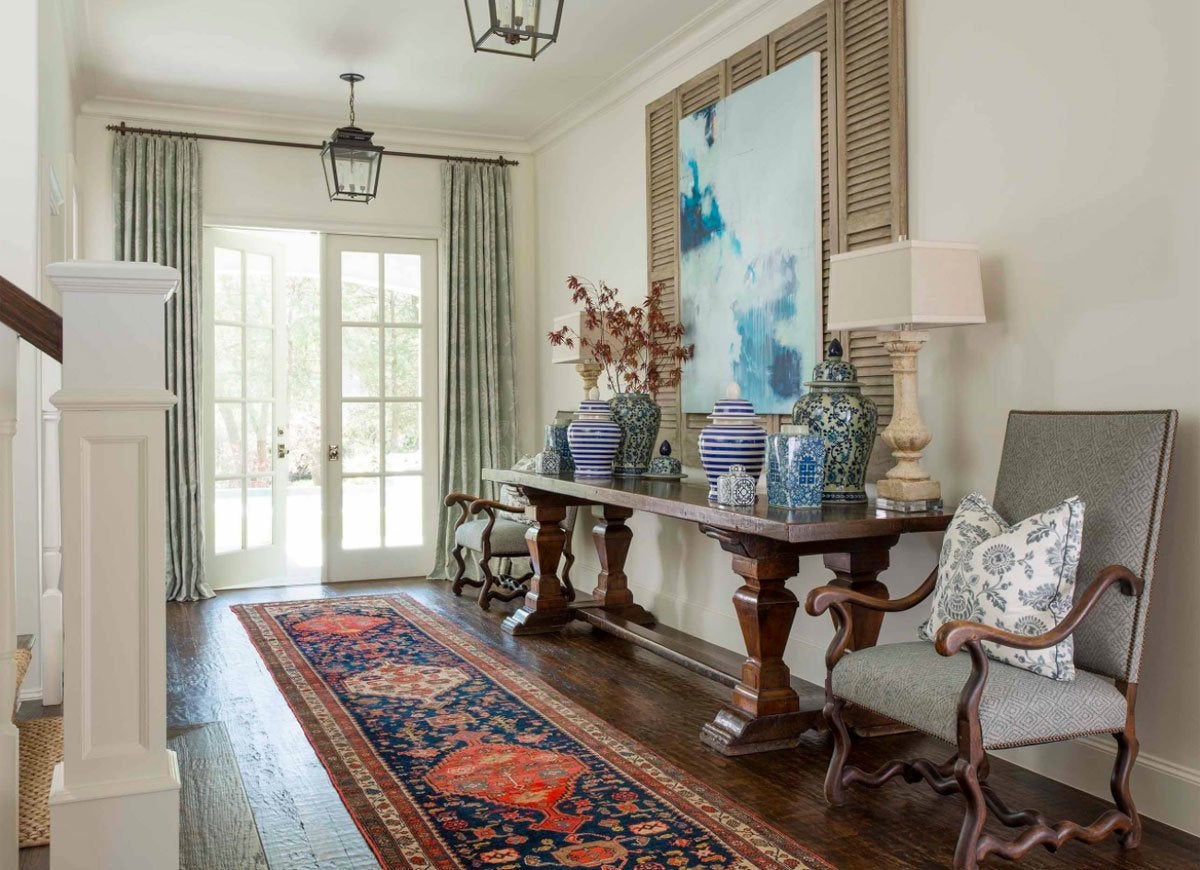
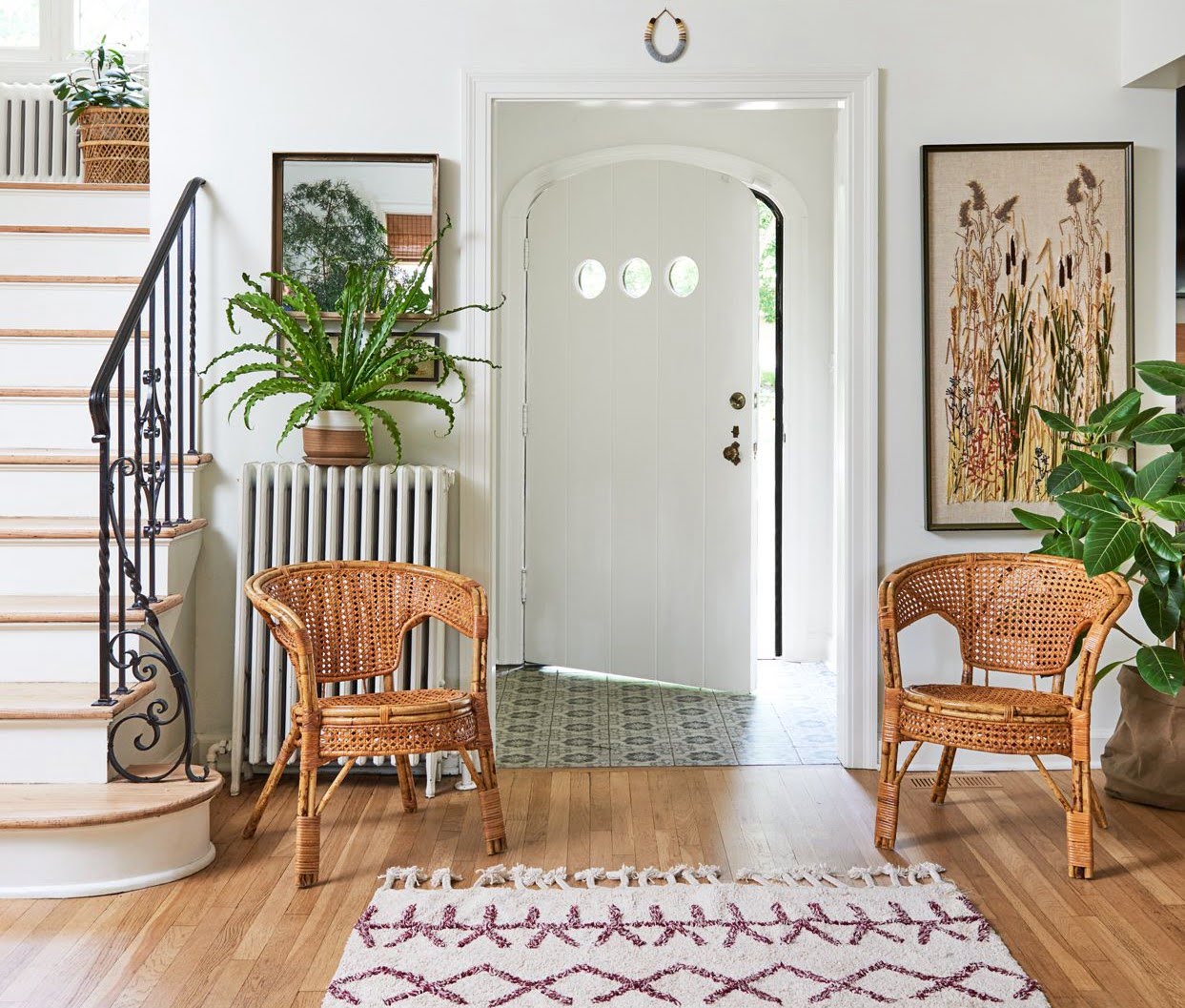
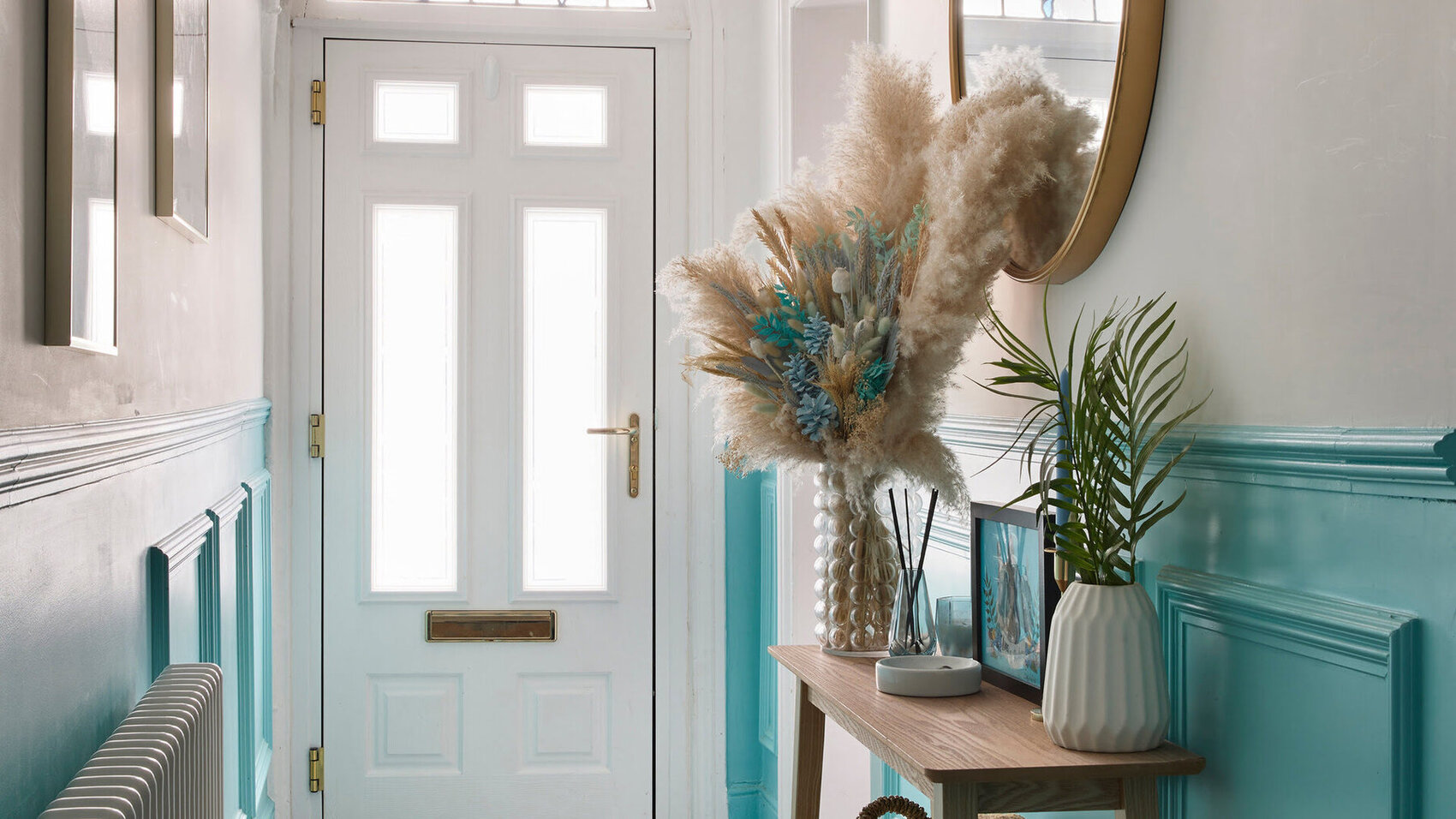
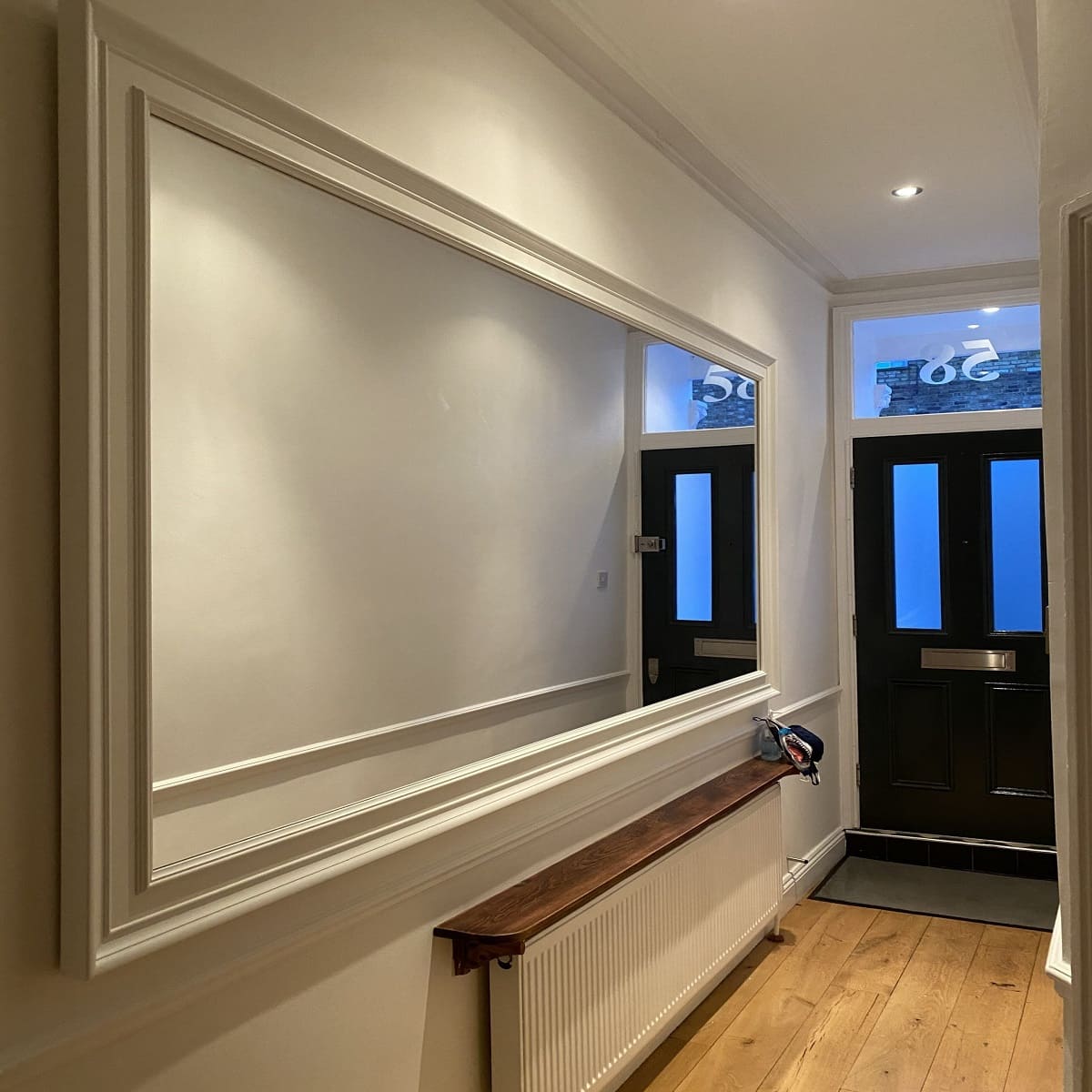
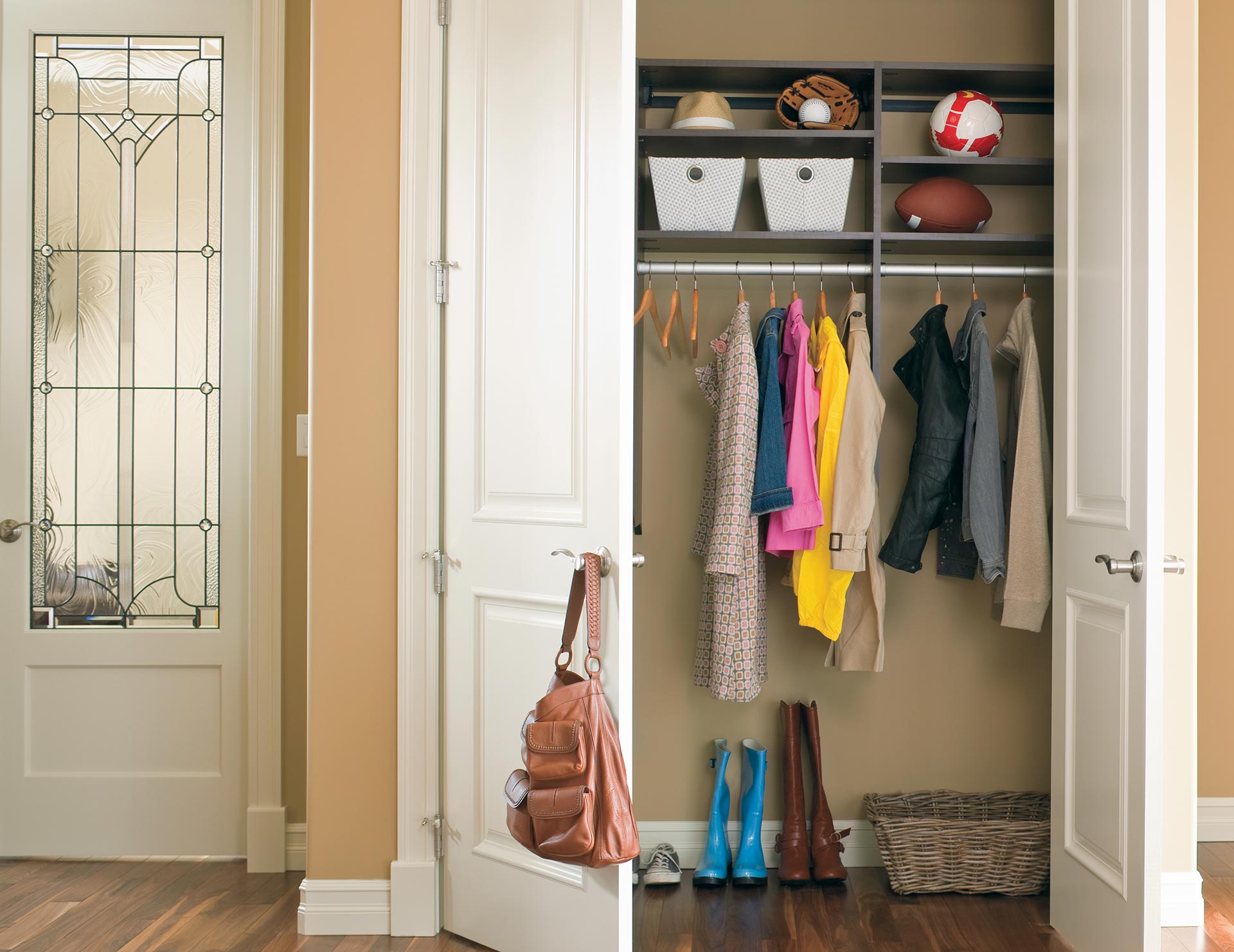
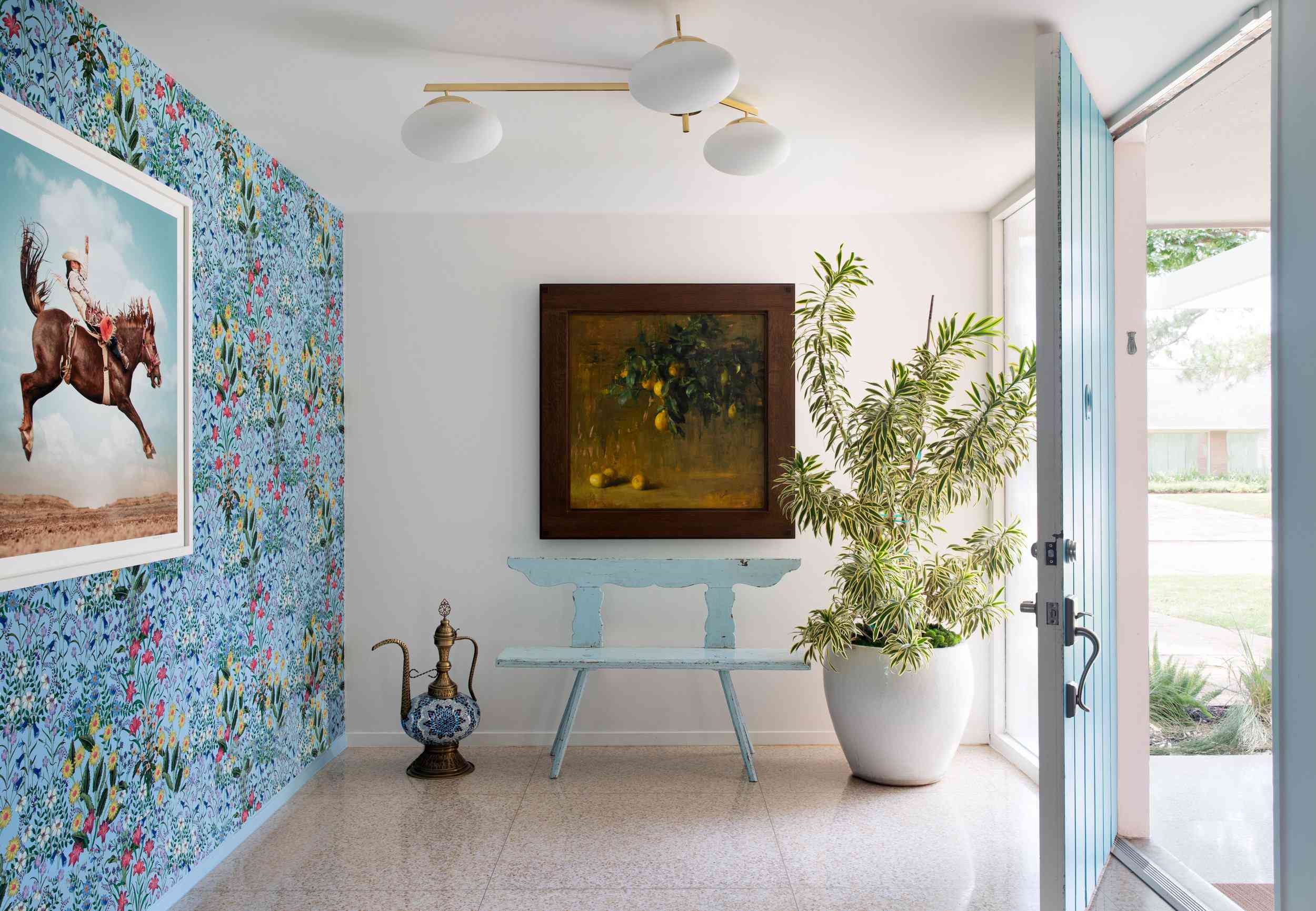
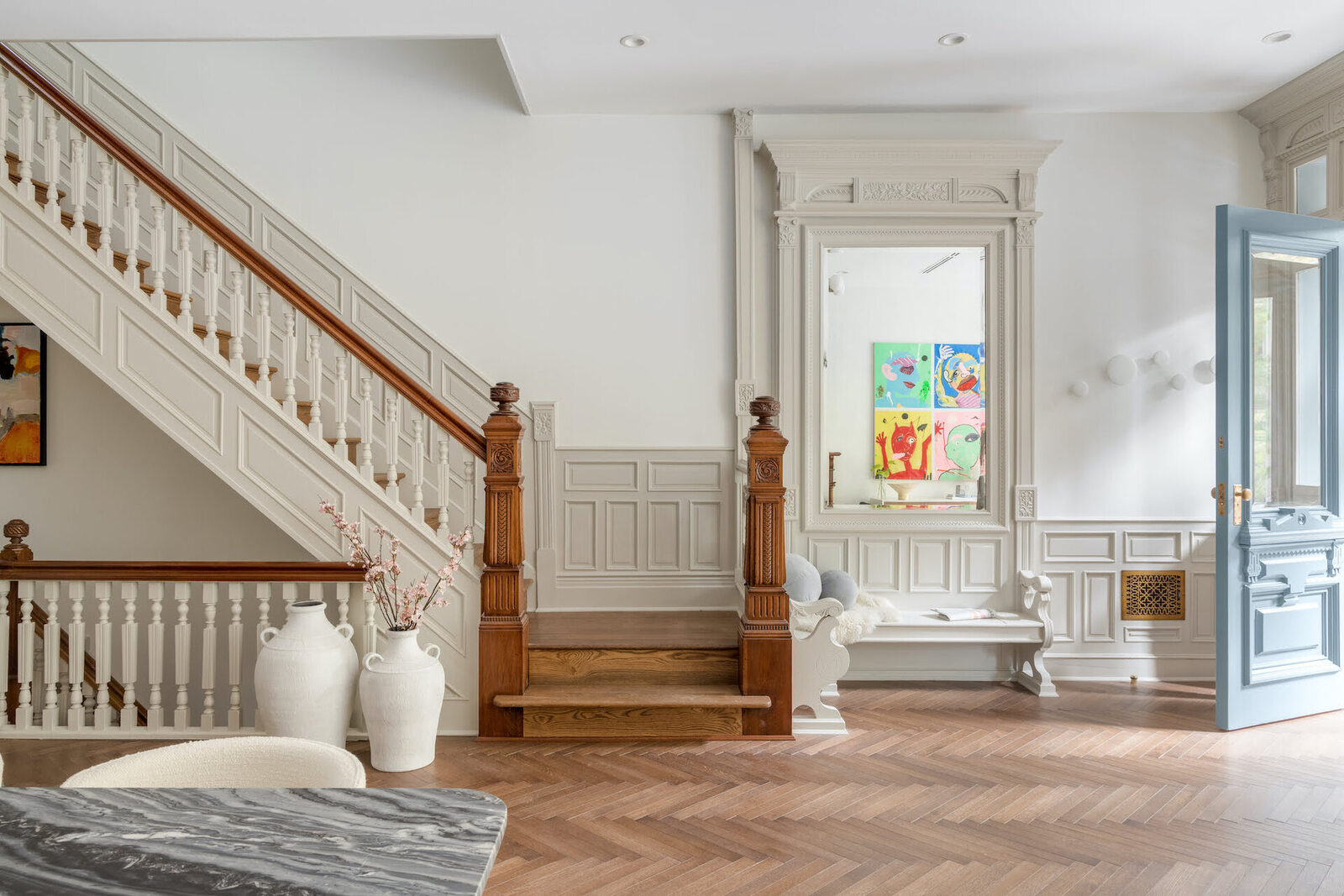
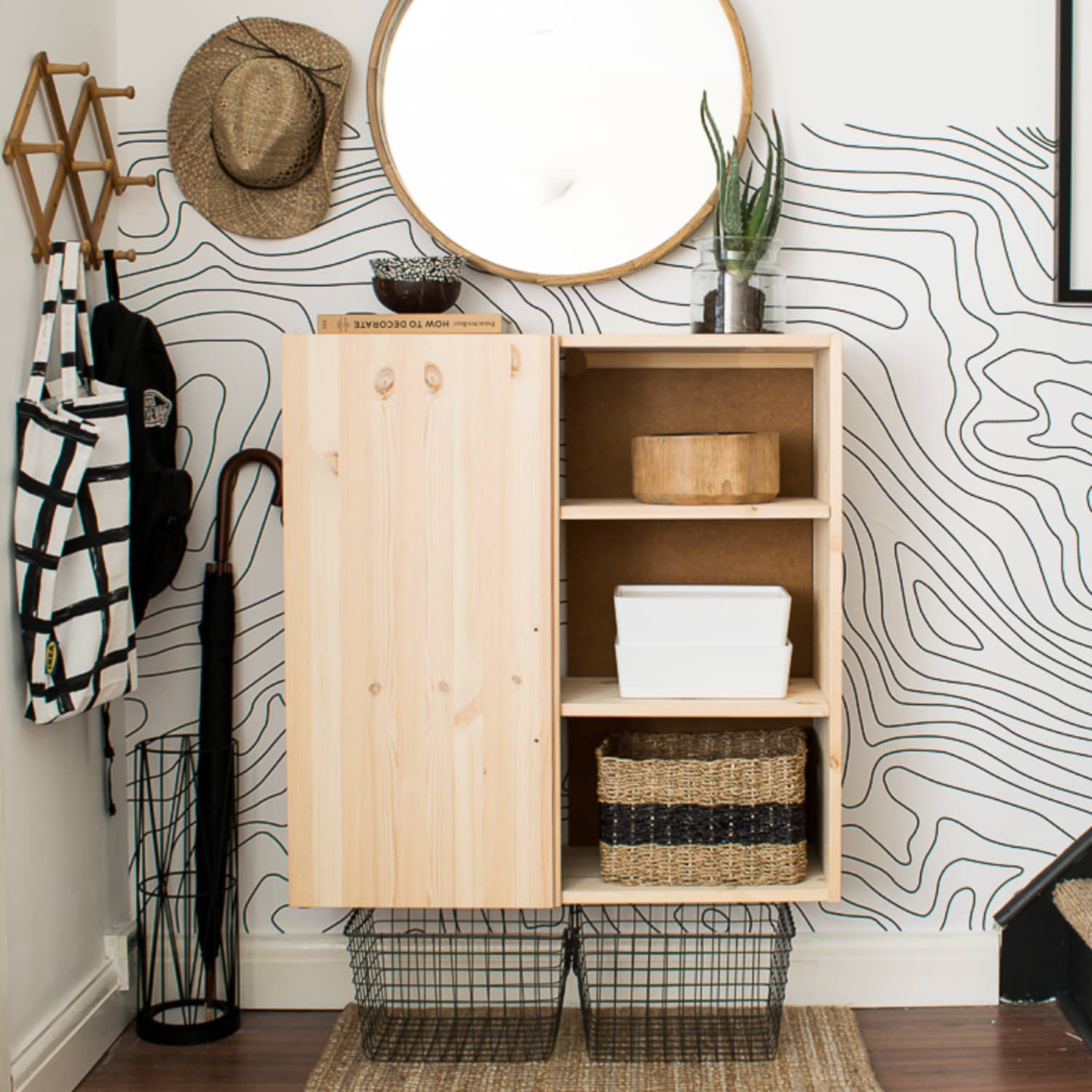
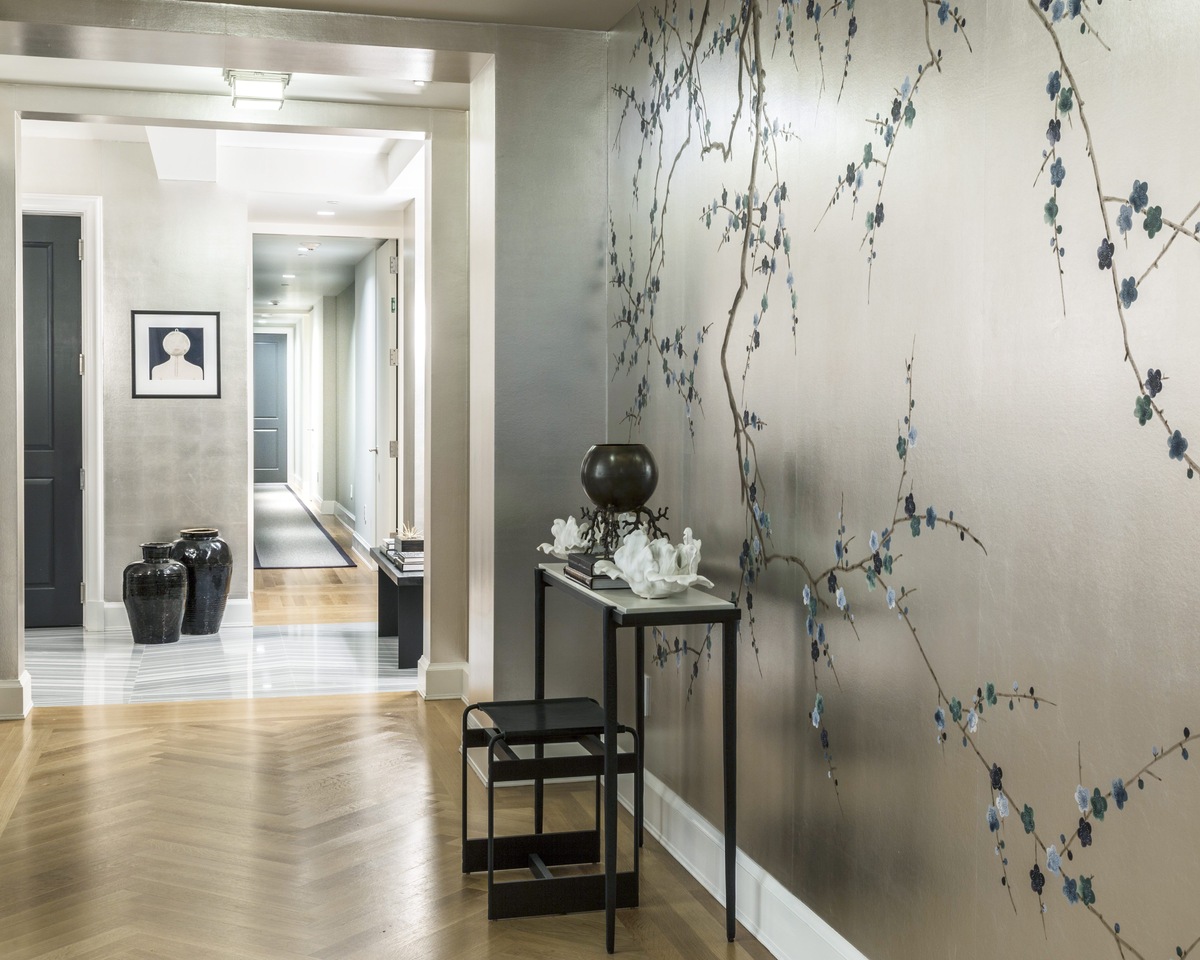

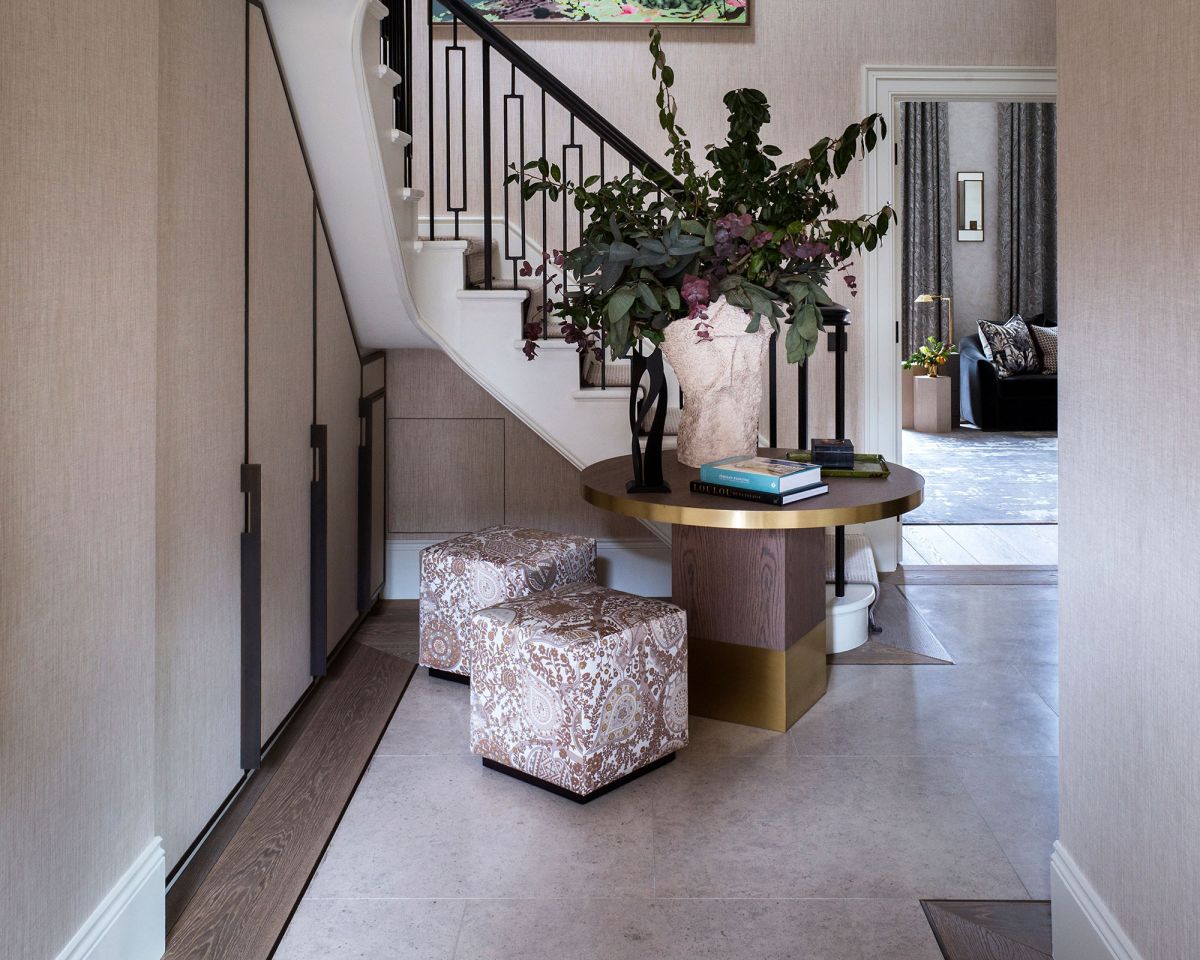
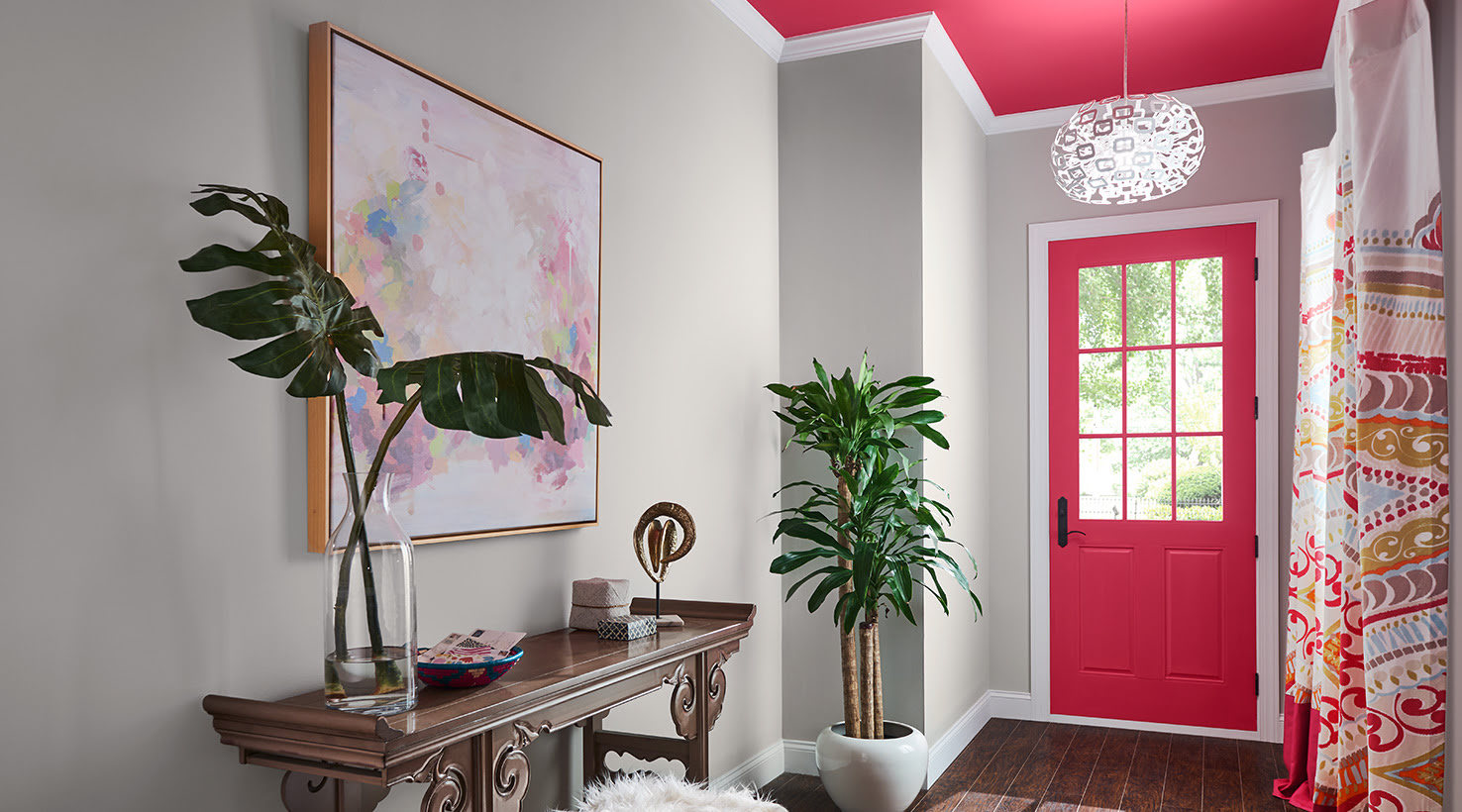
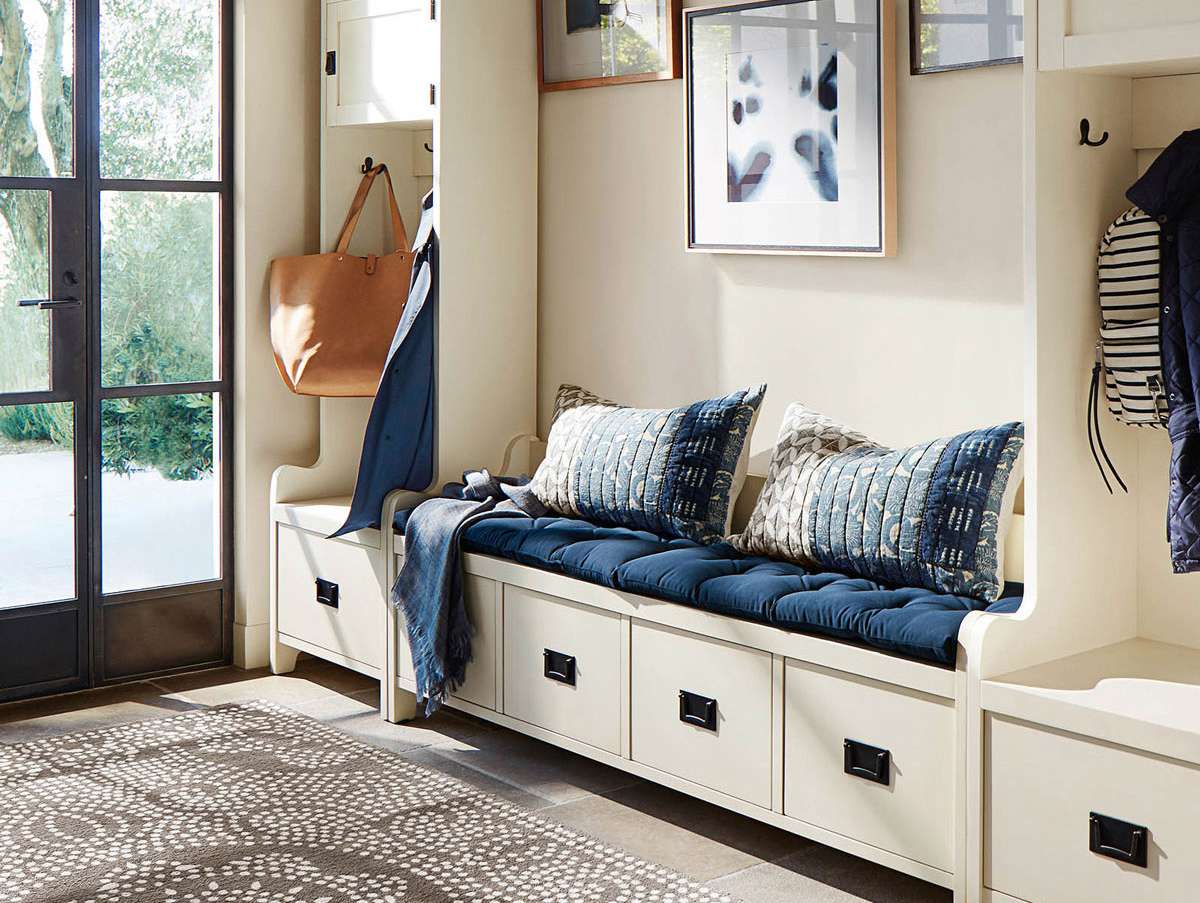

0 thoughts on “Modern Hallway Flooring Ideas: 10 Expert Tips For Entryways”